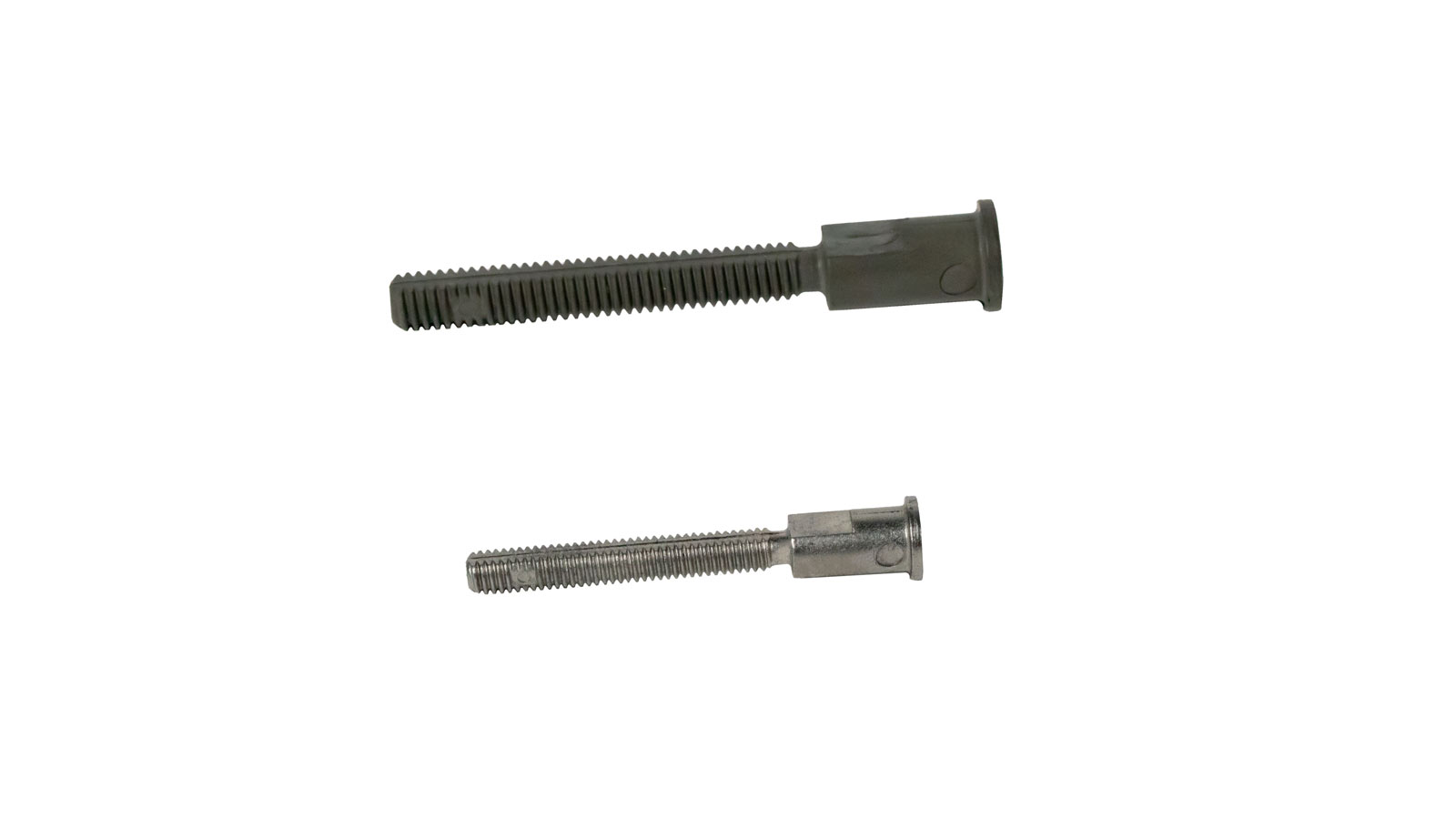
Currently, MIM technology is used in many industries and products, including:
- automotive industry;
- aerospace industry;
- consumer electronics;
- dental implants and instruments;
- electronic and fiber optic connectors;
- sealed packaging;
- surgical instruments;
- power tools and hand tools;
- computers;
- sport equipment.
MIM technology can process a wide range of materials, including ferroalloys, nickel-cobalt superalloys, titanium alloys, refractory materials, hard alloys, engineered ceramics and metal matrix composites.
Although non-ferrous metal alloys such as aluminum and copper alloys are technically possible, they are more economically processed by other methods such as die casting or machining.
Features of technology
Die casting of metal alloys is a modern production technology, which is characterized by the production of workpieces with high precision in size and shape. By harnessing the power of injection molding (MIM) technology, you can combine all the benefits of plastic injection molding processes with the vastly superior strength and integrity of metals.
This technology makes it possible to produce parts of complex shapes with fairly strict tolerances, thin walls (up to 5-6 mm) and an ideal surface. Thanks to the special properties of the process, hard or difficult-to-process materials (e.g. titanium, high-temperature steel, carbide steel, etc.) can be processed without restrictions.
The MIM process consists of four unique processing steps:
- mixing materials (raw materials);
- injection molding;
- removal of binding components;
- sintering.
The raw material for production is metal powder mixed in special machines with a thermoplastic binder and additives. The mixing process ends when the metal particles in the binder are completely homogenized.
Once the process is complete, the material is converted into granules. In the injection molding stage, raw materials are injected into the mold under high pressure using conventional injection molding machines. MIM thus combines the benefits of the design freedom of plastic injection molds with the superior mechanical and thermal resistance of metal materials.
As a result of the injection molding process, a so-called “brown body” is formed, which, depending on the raw materials used, is 20% larger than the sintered part.

Binder removal can be catalytic, aqueous, or solvent, depending on the binder system. The binder is removed from the parts, with the exception of a residual binder content of 2-3% (frame). The remaining binder guarantees the stability of the so-called “brown body” for the further process.
At the final stage, the parts are sintered at temperatures from 1200°C to 1600°C, depending on the material. At this stage, the remaining binder is completely removed. During the sintering process, the parts are isotopically shrinked to the desired size.
Benefits of technology
The sintered parts are all metal and have a density >98%. MIM parts, like other metal parts, can be heat treated and further processed, for example, to achieve better tolerances on critical dimensions.
The advantages of production using MIM technology are obvious:
- economical production of complex parts in large quantities;
- unique mechanical properties compared to forged products;
- ensuring small particle size and high sintering density;
- the need for post-processing is usually eliminated;
- An excellent choice for small metal components, as it allows the production of products that require precise dimensional tolerances;
- eliminating the limitations of traditional metal processing methods.
MIM technology allows you to obtain more complex shapes and combine many elements in one part, which makes it possible to implement individual projects using unique materials.